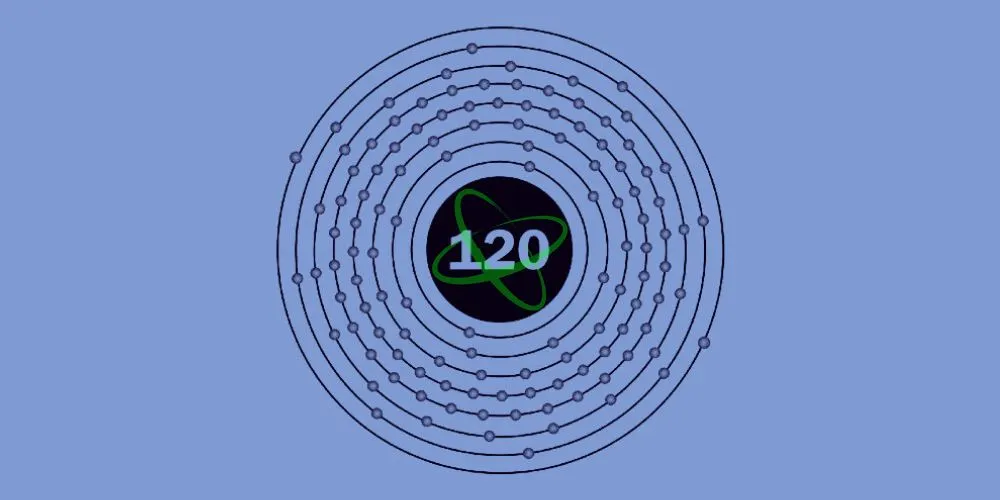Key Points:
- Scientists aim to create element 120 using electrically charged titanium ions and a californium target.
- Livermorium (element 116) was successfully created using titanium ions, paving the way for the search for element 120.
- Traditional methods using calcium-48 are becoming impractical due to radioactive and short-lived target elements.
- Discovering element 120 would add a new row to the periodic table and enhance our understanding of superheavy elements.
In a groundbreaking move to expand the periodic table, scientists are exploring the creation of element 120 by utilizing electrically charged titanium atoms, or ions, and slamming them into a californium target. If successful, element 120 would feature an atomic nucleus brimming with 120 protons, adding a new row to the periodic table.
In a recent proof-of-principle experiment, researchers successfully created the known element livermorium (element 116) using titanium for the first time. The experiment involved directing a beam of titanium ions onto a plutonium target.
This effort, which lasted 22 days, created two atoms of livermorium, as reported on July 23 at the Nuclear Structure 2024 meeting in Lemont, Illinois. The researchers predict that a similar experiment to create element 120 is feasible but would require approximately ten times as long.
Currently, the periodic table includes 118 chemical elements. The five heaviest elements were all produced using a beam of calcium-48, an isotope of calcium with 28 neutrons in its nucleus. In these experiments, scientists varied the target element to produce heavy elements. The more protons in the nucleus of the target element, the further along the periodic table the resulting product would be.
However, this method has become impractical. The next possible target elements are radioactive and short-lived, explains nuclear scientist Jacklyn Gates from Lawrence Berkeley National Laboratory in California, who presented the findings at the meeting. This challenge has led to the shift towards using beams of titanium-50, which allows scientists to search for new elements using more practical targets. The choice of target material for element 120 is also more manageable than for element 119, hence the decision to skip an element in the quest for expansion.
“If you want to push above what we currently know on the periodic table, you need to find a new way of making heavy elements,” says Gates. This innovative approach with titanium beams could potentially open new frontiers in the understanding and expansion of the periodic table.









